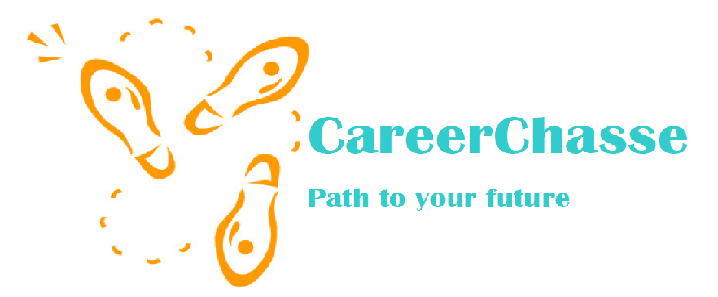 Can you believe it is already time
for Fall Break? As the leaves begin to change into the beautiful colors of
maroon and orange, you may be thinking about ways to change your career
journey! As our office always says, “It’s not just about the job, it’s about
the journey.” We are here to help you in the process of finding experience, and
there are a variety of paths for you to take.
Can you believe it is already time
for Fall Break? As the leaves begin to change into the beautiful colors of
maroon and orange, you may be thinking about ways to change your career
journey! As our office always says, “It’s not just about the job, it’s about
the journey.” We are here to help you in the process of finding experience, and
there are a variety of paths for you to take.
There is
simply no “one way” of searching for a job or internship; but the key thing to
know is to start early! The job and internship search can seem to be
intimidating and difficult to approach. However, you have no need to worry
because this is a process you can go through with our office.
You can begin by simply doing your
research first. You want to have a focus and do research on how to get to where
you want to be. Keep in mind that your search doesn’t have to be limited to
just your major. Look at things beyond your major by talking to faculty in your
department, alumni, or checking out the Post-Graduate Report
of students in your college.
With your
variety of options for experience, you want to be sure not to put all your eggs
in one basket; this simply means that you don’t want to simply use one type of
job search method. If you limit yourself to just one method, you are limiting
your options. Below are a few of our resources you can use for job and
internship searching.
Hokies4Hire
Hokies4Hire is a database that lets
students search for co-ops, internships or full-time positions that have been
posted by employers specifically looking to hire Hokies. The database also allows
you to participate in the On Campus-Interviewing program, and post your resume
to the online resume database.
CareerShift
A comprehensive online resource that
allows you to bring everything together to search for jobs in once place and
you can save your searches. Great for location specific or industry specific
searches and you can find contacts at a particular organization.
GoinGlobal
If you are looking to broaden your
horizons overseas, this is a great place for you to start. This resource allows
you to search for international job postings and tips on relocating to a new
country, as well as over 40 major U.S. cities.
LinkedIn
LinkedIn is a way
for you to professionally connect with employers, alumni, and organizations.
You can check out the jobs section, get connected, and learn more about the job
and internship search.
You are READY!
Visit Career and Professional Development sooner rather than later! We are excited for you to go through the process and would love to help you along the way. Visit our website for more tips, as well as to check out those awesome resources at: http://career.vt.edu/job-search.html. Enjoy the search process, because you never know where it is going to lead you. Good luck!









